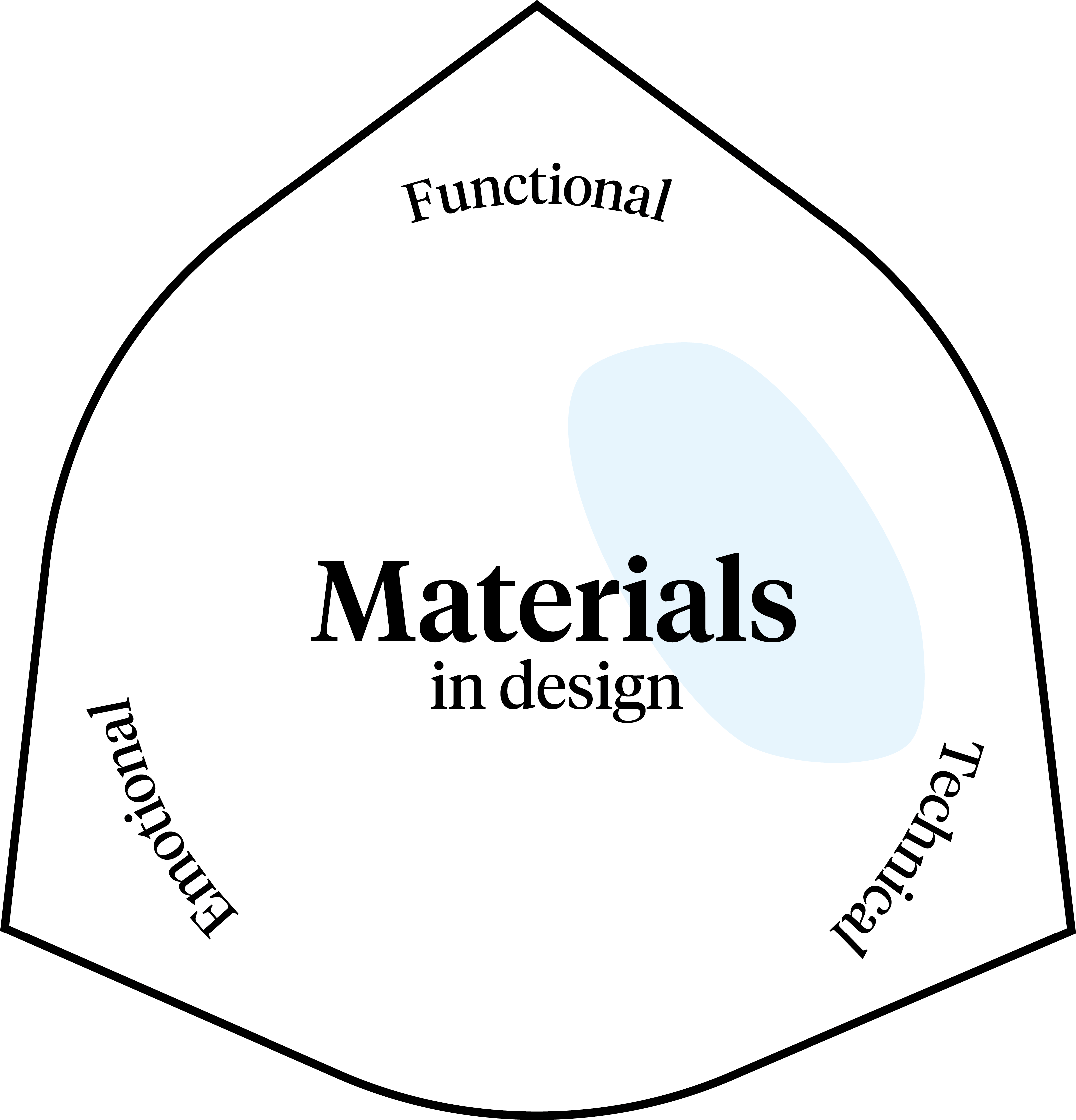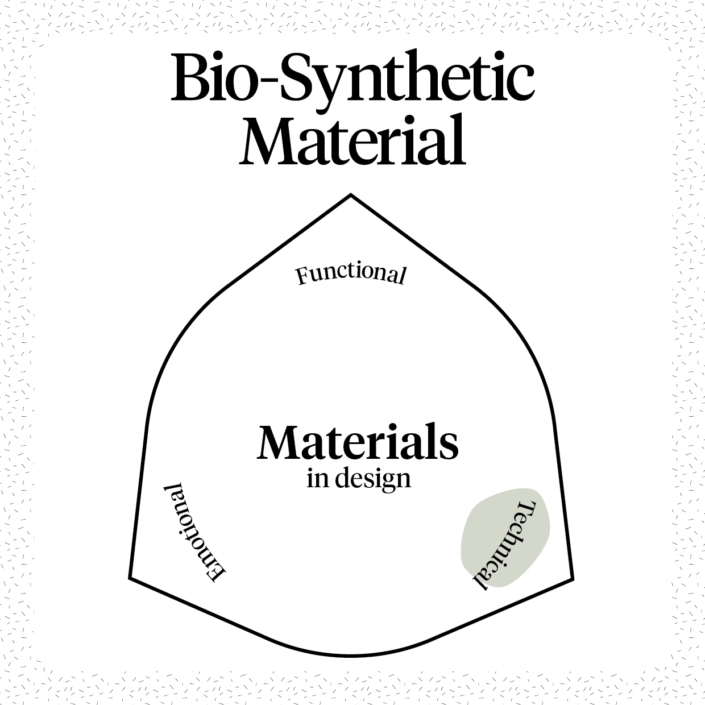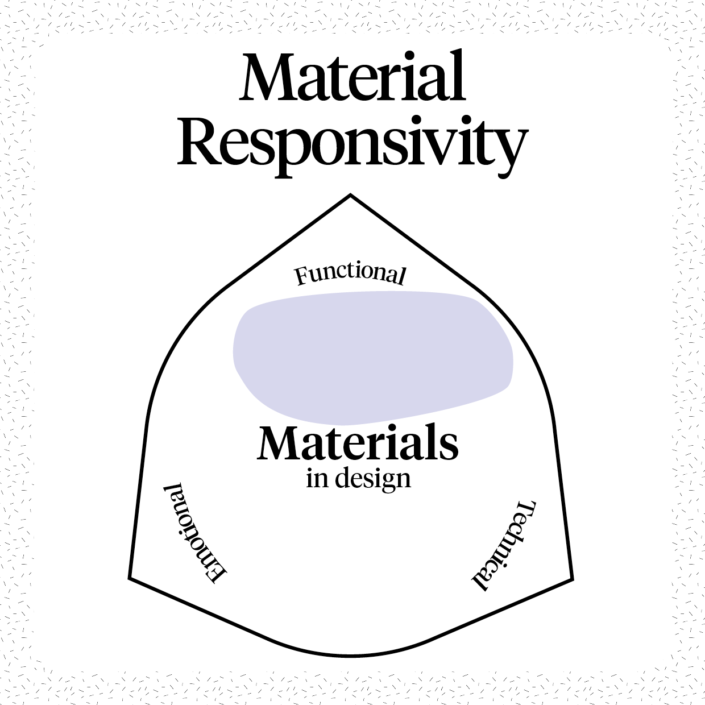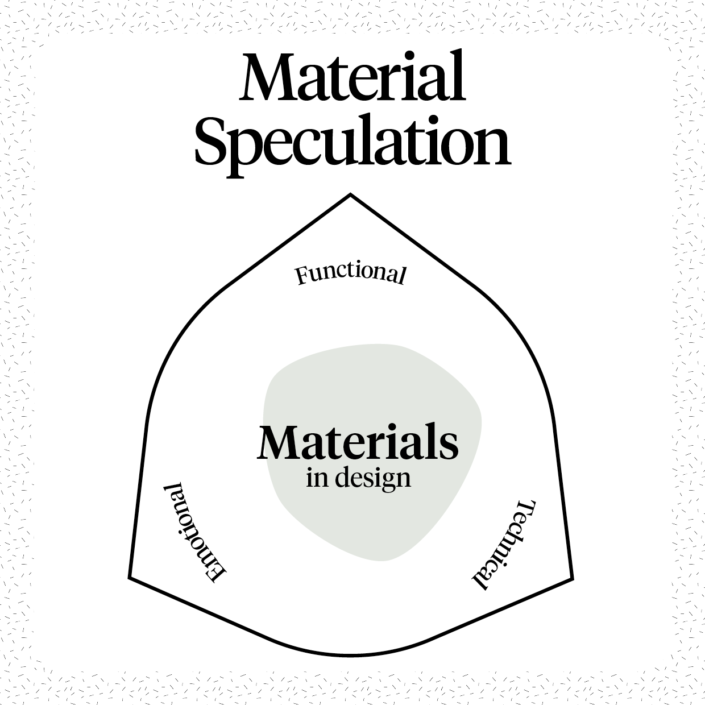What?
Material biomimetics comprises of man-made material systems that emulate nature’s patterns and strategies in order to optimise material properties and to develop new functionalities.
Why?
Across billions of years, nature’s own structures and processes are tested and proven to work. Material designs inspired by nature can therefore lead to more efficient and safer resource use through the replacement of chemicals with sophisticated structures. They can also lead to durable materials with minimal resources.
Challenges
- Bio-mimicking materials are not necessarily environmentally friendly.
- Nature’s systems can be difficult to fully mimic due to a high level of complexity. Thus, a high level of technology and engineering can be required.
- Cross-disciplinary collaboration may be necessary to take material explorations further.
Examples
- The effect of the super hydrophobic surface of lotus flowers’ leaves (among many other leaves) can be used to design highly water repellent and thus self-cleaning surfaces.
- The hooks on bur fruit originally inspired the development of Velcro tape.
- The development of artificial spider silk not only mimics the silk proteins, but also the spinning process of the spider glands.
Further Reading
Benyus (2002). Biomimicry: Innovation Inspired by Nature. Harper Perennial.
Lenau, Orrù & Linkola (2018). Biomimicry in the Nordic Countries. Nordic Council of Ministers.
Ternaux (2012). Industry of Nature: Another Approach to Ecology, Frame Publishers.











